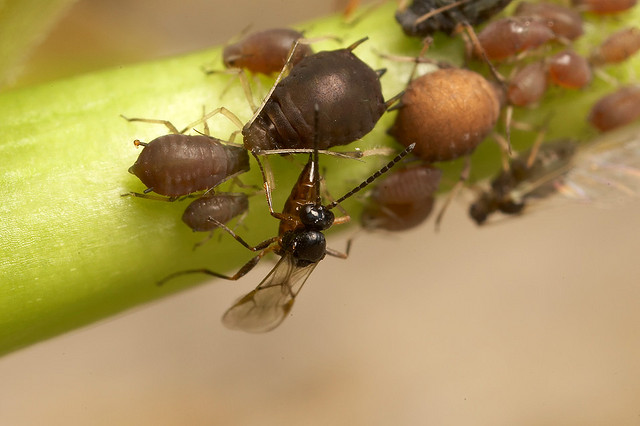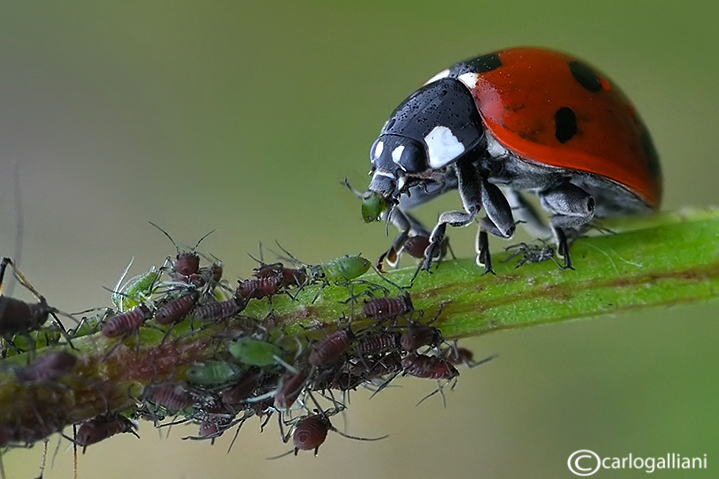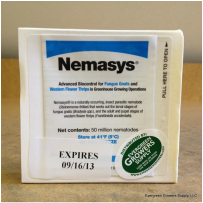Natural Enemies
What are "natural enemies"? It's an odd term, to be sure; but because it has the word "natural", somehow, it seems like it's a good thing. And that's the point. Natural enemies, also known as beneficials, are considered to be species whose ecological role is to eat or out compete a species we deem to be detrimental to something we care about, or what is better known as a pest. Biological control is defined as "using" these natural enemies to manage or control pests. Thus, we think of them as being beneficial and because they already exist in the environment, they are therefore, natural.
There are three main types of natural enemies: parasitoids, predators, and pathogens. As mentioned above, species that compete with or otherwise antagonize pest species are also considered beneficial. But the main thrust of biological control relies primarily on the three groups of parasitoids, predators and pathogens - and in that order - who function to eat or otherwise kill the pests we are trying to control. Click on the links below to find out more about each group.
There are three main types of natural enemies: parasitoids, predators, and pathogens. As mentioned above, species that compete with or otherwise antagonize pest species are also considered beneficial. But the main thrust of biological control relies primarily on the three groups of parasitoids, predators and pathogens - and in that order - who function to eat or otherwise kill the pests we are trying to control. Click on the links below to find out more about each group.



